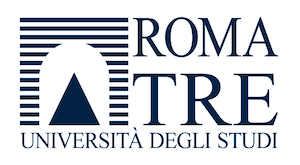Lunedì 16 Settembre 2019 ORE 11:00
Dipartimento di Matematica e Fisica Universita' degli Studi Roma Tre, Via della Vasca Navale 84 - Aula C
Relatore: Dustin M. Schroeder
Department of Geophysics, School of Earth, Energy, and Environmental
Sciences - Stanford University
Abstract
Radio echo sounding is a uniquely powerful geophysical technique for studying the interior of ice sheets, glaciers, and icy planetary bodies. It can provide broad coverage and deep penetration as well as interpretable ice thickness, basal topography, and englacial radio stratigraphy. However, despite the long tradition of glaciological interpretation of radar images, quantitative analyses of radar sounding data are rare and face several technical challenges. These include attenuation uncertainty from unknown ice temperature and chemistry, clutter and losses from surface and volume scattering, and a lack of problem-specific radar theory. However, there is rich, often underexploited, information in modern radar sounding data, which is being collected over terrestrial and planetary ice at an unprecedented rate. The development and application of hypothesis-driven analysis approaches for these data can place observational constraints on the morphologic, hydrologic, geologic, mechanical, thermal, and oceanographic configurations of ice sheets and glaciers. These boundary conditions and the physical processes which they express and control are filling a fundamental gap our ability to understand the evolution of both marine ice sheets and icy moons. These include the subglacial hydrology of marine ice sheets and the thermophysical structure of planetary ice shells.
Beyond images: getting deeper information from radar sounding
-

